
We’ve all fallen victim to clever marketing and purchased unnecessary items that end up collecting dust or draining our wallets. If your home is filled with unutilized possessions that eat up money and/or space, this list of 15 things could be a sign to re-evaluate your spending habits.
Single-use stuff
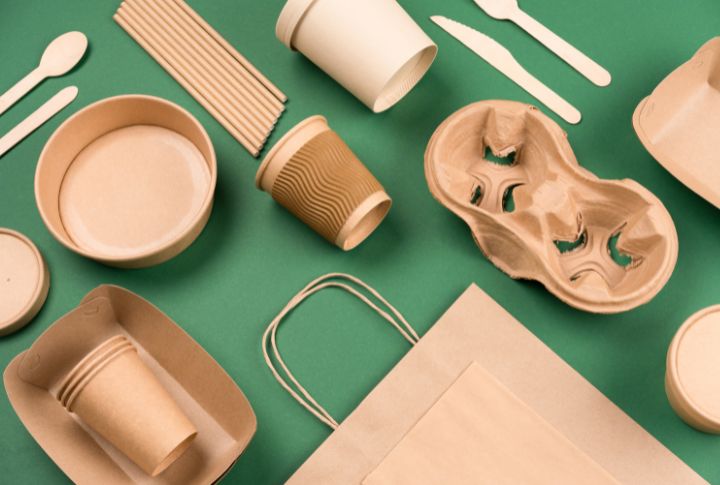
Paper towels, dryer sheets, disposable coffee filters, etc., can be expensive over time, and their reusable alternatives are just as effective. For example, you can use cloth towels to dry dishes and wipe surfaces and buy a reusable mesh filter for your coffee maker.
Unitaskers

These are kitchen gadgets designed to do one specific task, such as a banana slicer or a garlic press. While convenient, they take up valuable counter space and can be replaced with versatile tools. Check this out: you can use a knife to slice bananas and a mortar and pestle to crush garlic.
Cleaning products
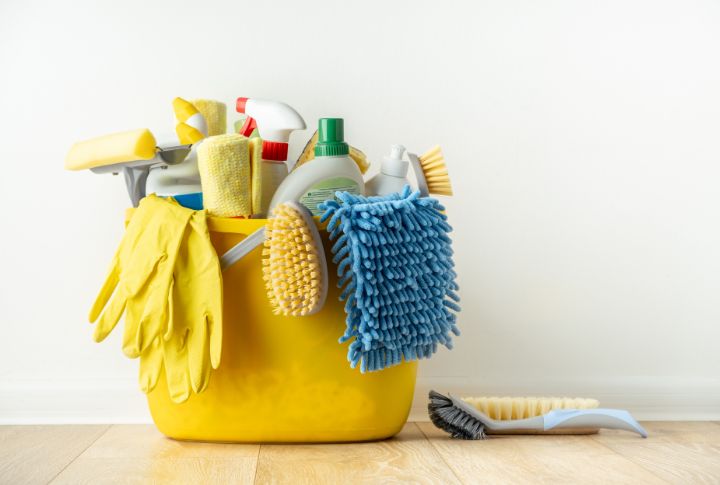
Many cleaning products are on the market, each designed for a specific purpose. However, you can often clean your entire home with just a few basic ingredients, such as vinegar, lemon juice, and baking soda. They are inexpensive and can be used to clean various tops.
Brand-name products
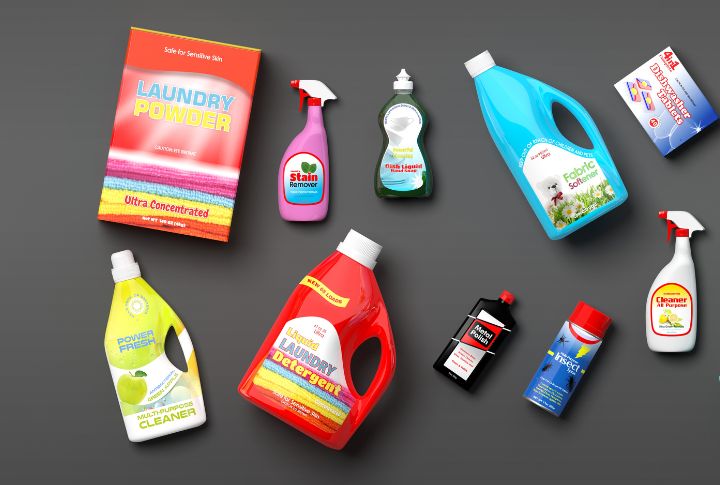
Many store-brand products are as effective as brand-name products but cost a lot less. It’s always worth checking out the latter option before you buy branded stuff.
High-tech air fresheners
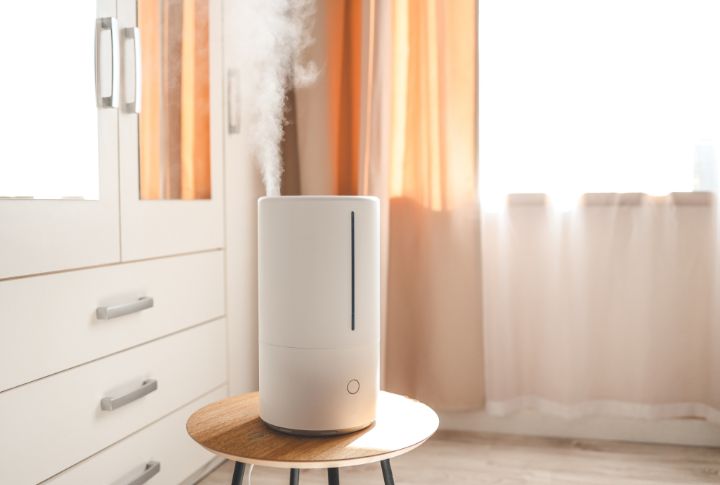
Automatic air fresheners and plug-in diffusers can be expensive, and the refills can add up quickly. Similar results can be achieved by natural options like placing bowls of baking soda or leaving out bowls of citrus peels.
Specialty sponges and cloths
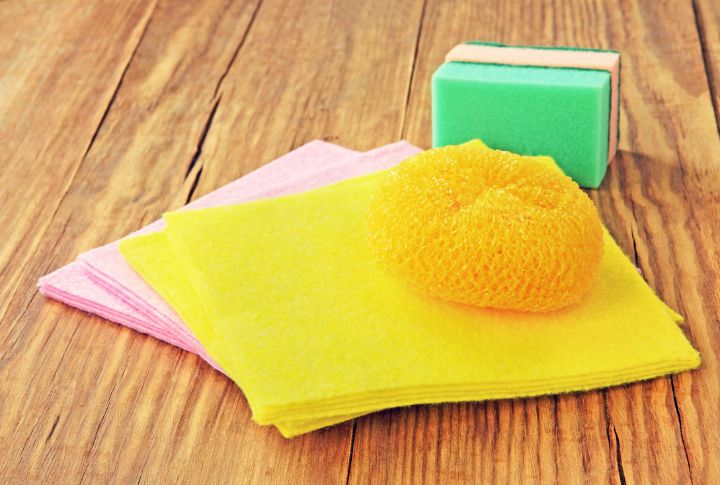
There’s no need for a cabinet full of specialty sponges and cloths designed for different surfaces. Microfiber cloths are versatile and can tackle most cleaning tasks. They are effective when dampened with water on most tops. Because they are typically washable and reusable, they also cost less and are less harmful to the environment than disposable sponges.
Fabric softener
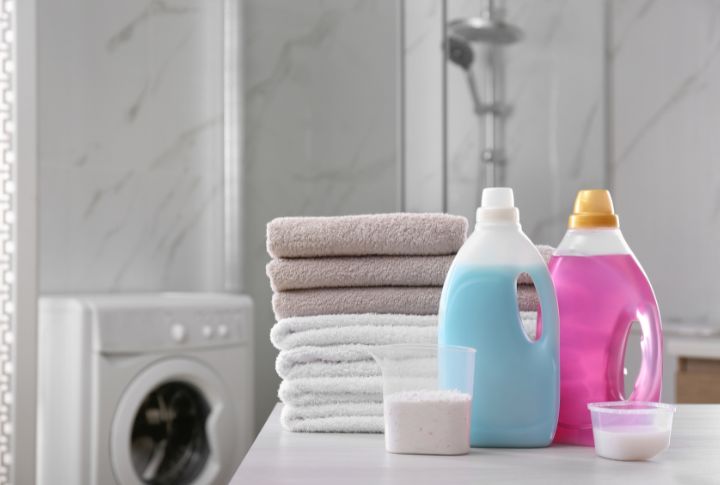
While fabric softeners can make clothes smell fresh, they can also be unnecessary and counterproductive. Over time, they can build up on clothes, reducing their absorbency, especially towels. A cheaper and natural alternative is using white vinegar in the rinse cycle.
Commercial carpet cleaners

Renting a carpet cleaner every few months can be costly. A vacuum cleaner should handle most needs if it has an upholstery attachment. Professional carpet work might be necessary for deep cleaning, but not as frequently.
Bottled water
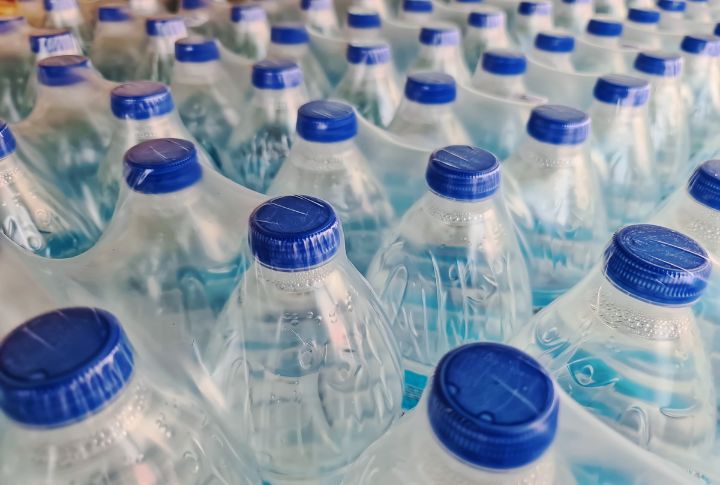
Bottled water costs more than tap water, and depending on your location, tap water can be perfectly safe to drink. Investing in a water bottle that can be used repeatedly and a filter can save you a significant amount.
Unused gym memberships
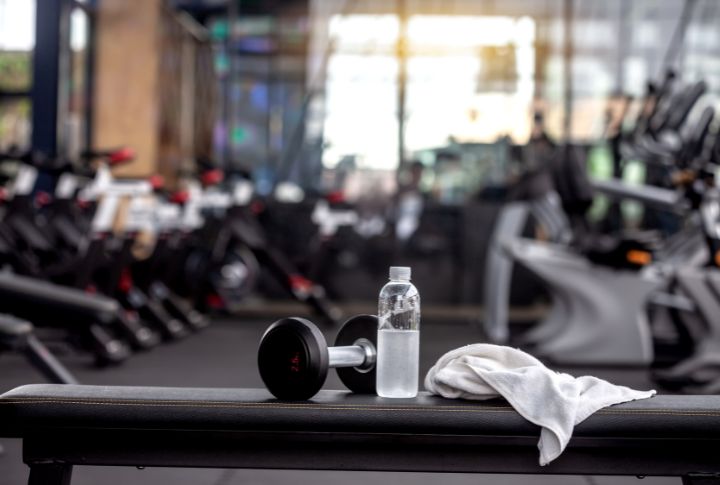
If you’re not realistically going to use a gym membership, it’s a waste of money. Many free workout options are available online, or you can get creative with bodyweight exercises at home.
Over-stocked condiments and spices

We’ve all been there — buying a unique spice or sauce for one recipe, and then it languishes in the pantry forever. Plan your meals and buy ingredients you’ll use frequently to avoid unnecessary purchases.
Fast fashion clothing
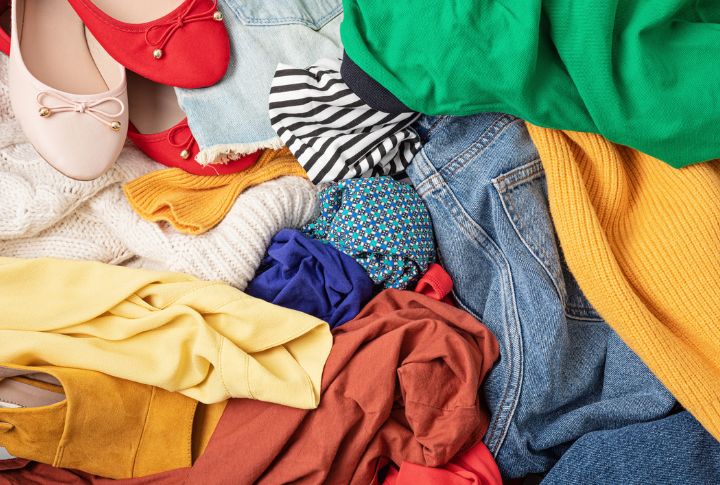
Fast fashion garments are usually low-quality and trendy, leading to frequent replacements. Invest in pieces that will last longer. You can explore thrift stores or clothing swaps for unique and affordable finds.
Unused subscriptions
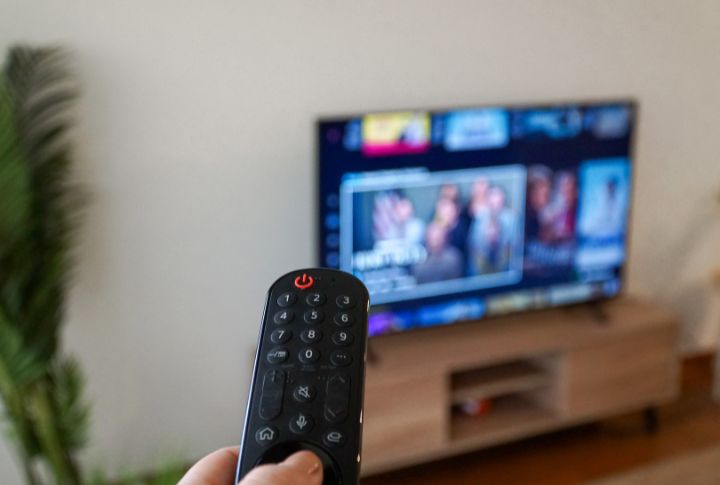
Review your monthly subscriptions for streaming services, magazines, unused software, etc. Cancel subscriptions you don’t actively use to avoid wasting money. Sometimes, you leave a subscription thinking you’ll use it. How about you ditch it and only resume if you need it?
Energy-guzzling appliances
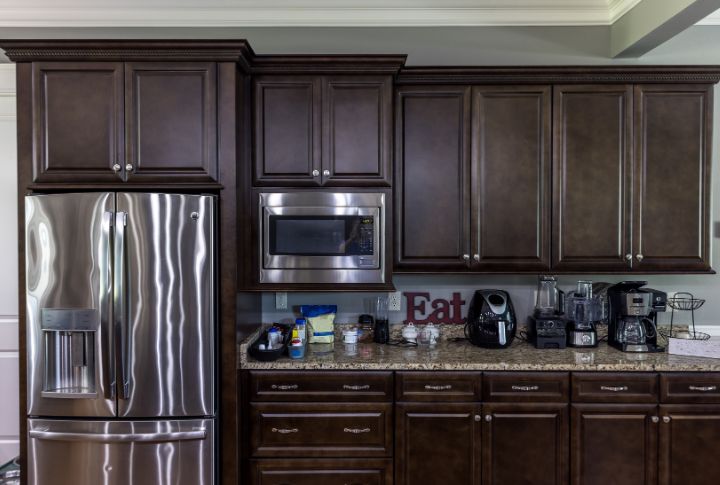
Appliances are a major consumer of electricity in our houses. While the initial cost of an energy-efficient appliance might be higher, the savings on your electricity bill during its active years can be significant. Choose Energy Star-certified appliances because they meet strict efficiency standards.
Packaged juices

While convenient, packaged juices can be expensive and lack the fiber content of whole fruit. Maybe it’s time you began making your juice or sticking to whole fruits for a healthier and more economical option.

Comments
Loading…